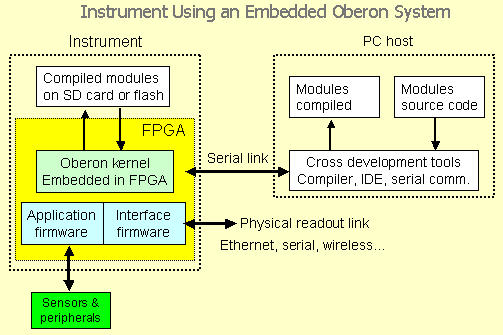

- The oberon system mod#
- The oberon system upgrade#
- The oberon system registration#
- The oberon system software#
While the media liked to create the romantic image of the explorer’s life, for every success story like NavJumper Antoine Lebec, there were dozens more who lost everything, including their lives, hunting for new jump points. The “Golden Age of Expansion” was officially underway with hundreds of ships scouring known space, hoping to push the boundaries of Humanity even farther.
The oberon system mod#
As the Tarsus quantum drive mod became more readily available at the turn of the 23rd century, new exploration companies were formed, eager to reap the benefits from discovering a system. The source of the Oberon screenshot is Wikipedia uploader: SomPost under BSDU License.From its very first days, Oberon has always been a system that beckoned those seeking wealth and fortune, only to time and again leave them destitute. The source code is available under a BSD-like License.
The oberon system registration#
The Oberon system is available free of charge and no registration is required for downloading the material. Many of them were developed as productivity tools by ETH assistants and students. The ETH Oberon System package includes several interesting tools and applications.
The oberon system software#
– Extensibility by Software Bus Technology – Integrated object support in the kernel Application modules simply reuse these data types and do not have to care about their implementation at all. It presents itself as a hierarchy of modules, many of which export one or several powerful abstract data types.

The ETH Oberon System is an extended version that has intrinsic support for persistent objects and for building graphical user interfaces. The original Oberon system is a single-threaded, single-user, co-operative multi-tasking operating system that runs on bare hardware or on top of a hosted operating system as a single-window application.

In March 2000, a new release was ready and the system was renamed “ETH Oberon System”. In 1997, the Release 2.2 including a large palette of applications was published together with a comprehensive hypertext-based documentation. Since then, the system has been constantly improved and extended. In 1995, the first official Oberon System 3 release was finished.
The oberon system upgrade#
The goal was to exploit the inherent potential and features of Oberon to a much larger degree, upgrade the system by a concept of composable and persistent objects, complement the textual user interface by a graphical companion and provide support for the ubiquitous network. In 1991, Jürg Gutknecht and his group continued the development towards the ETH Oberon System. Oberon is also a name of a modern integrated software environment. Although the project was originally targeted towards in-house hardware, the language and system have now been ported to many computer platforms. The Oberon project was started at the Swiss Federal Institute of Technology in Zürich (ETHZ) in 1985 by Niklaus Wirth and Jürg Gutknecht. Oberon is also the name of a programming language in the Pascal/Modula tradition. Oberon – a single-user, multi-tasking system that runs on bare hardware or on top of a host operating system. The last version | Released: V5 | 2013 (?) Desktop environment: TUI (text user interface)Īrchitecture: x86, Ceres, Xilinx Spartan, SPARC, PowerPC, RIOS, MIPS


 0 kommentar(er)
0 kommentar(er)
